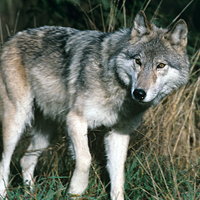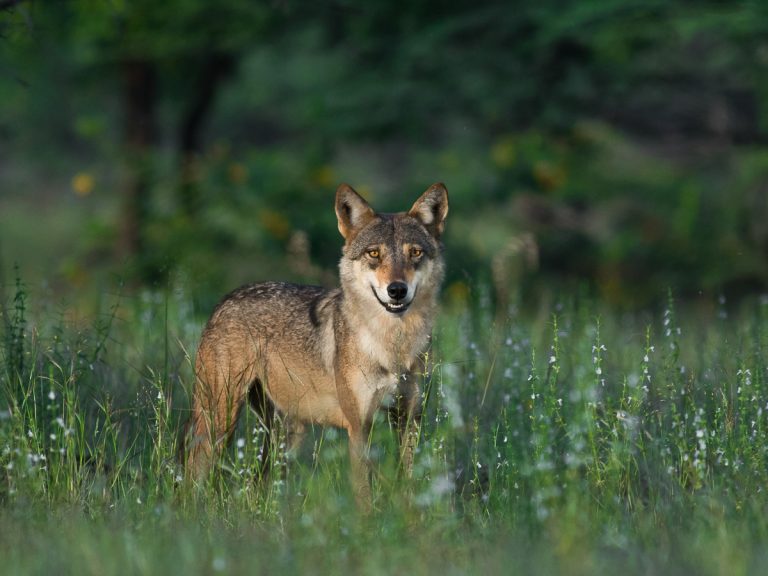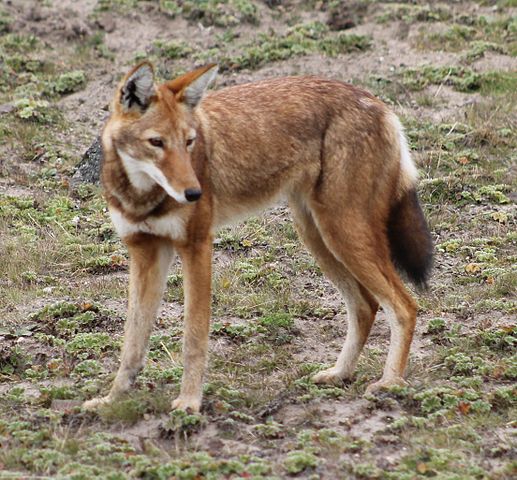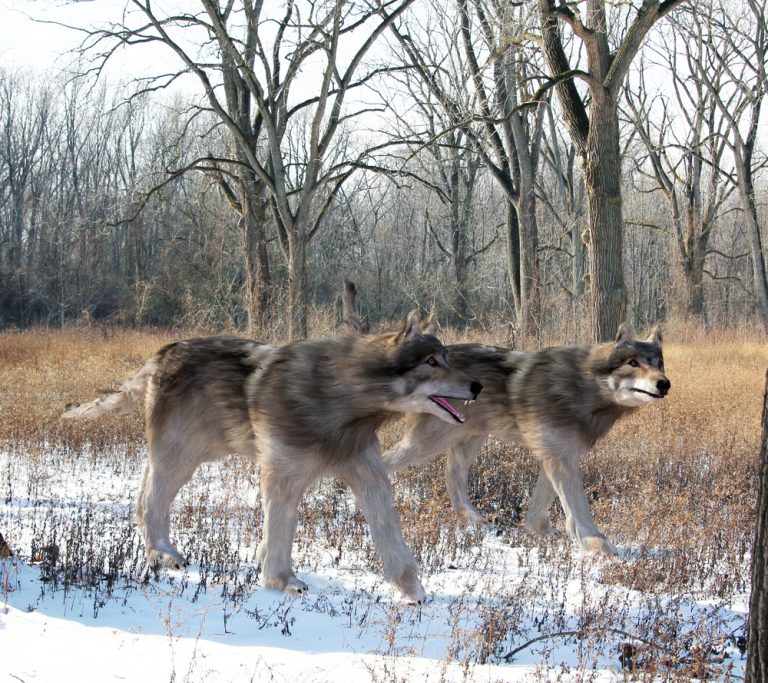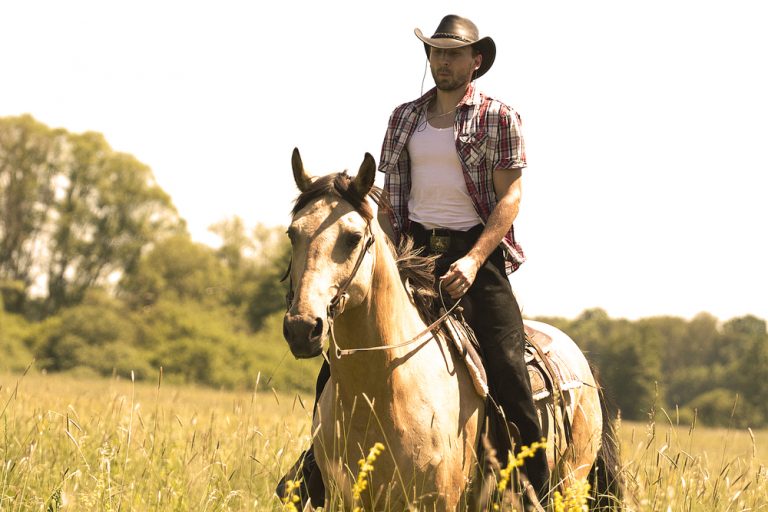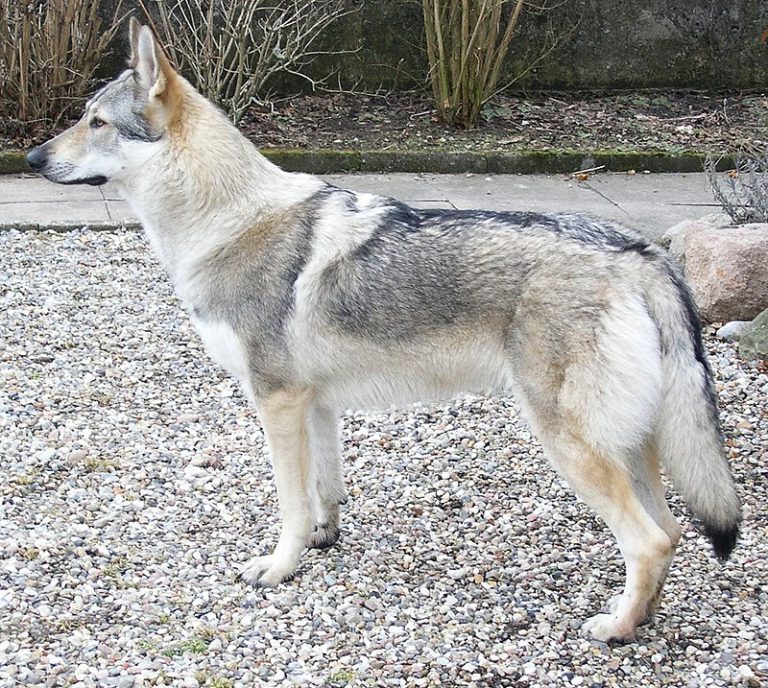Species Profile: The Arctic Wolf
The Arctic Wolf may look like a creature from a fantasy tale: but it’s not. This animal is real, but threatened by climate change.
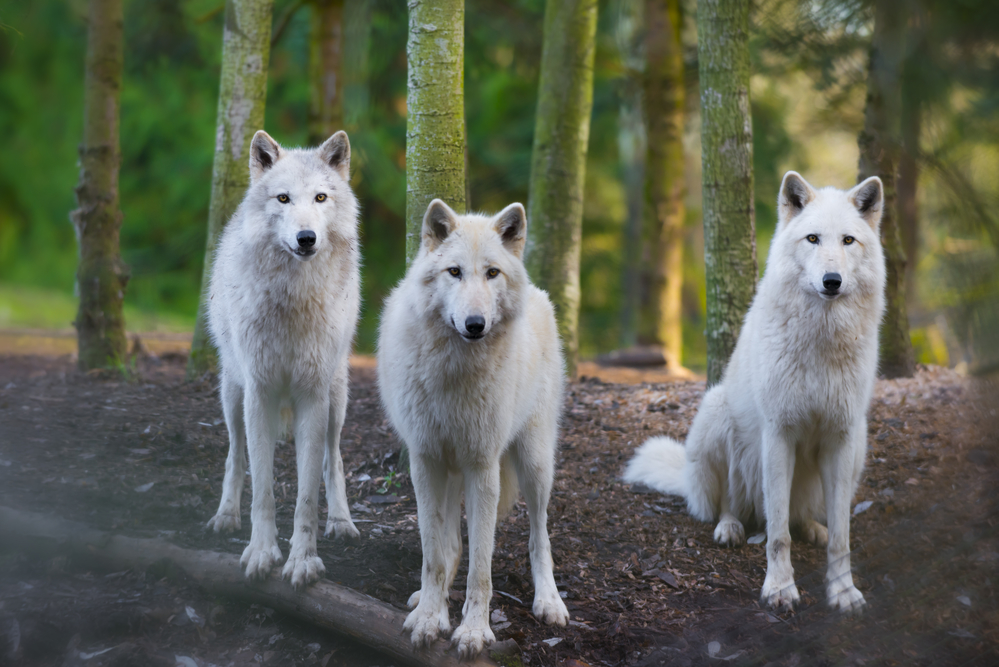
The arctic wolf is a subspecies of gray wolf that’s native to parts of Northern Canada and Greenland.
They are generally smaller in size and whiter in color than their close look-alike: the northwestern wolf. These are very versatile creatures that are able to withstand most of the year in below zero temperatures.
The Arctic wolf hunts lemmings, rodents, and Arctic hares, though it can take bigger prey like caribou when available.
These wolves were seriously affected by human activities in the past. Arctic wolves were wiped out in many regions over and over again usually by poison. This happened mostly in parts of Europe where farmers saw them as dangerous to livestock.
Today, their main challenges include a low birth rate and a steady decline in pure breeds due to mating with dogs.
Another serious challenge now is availability of prey due to climate change.
They are relatively confident in approaching humans in a friendly manner but they should be handled with caution as they can turn aggressive too.
1) Scientific Name
Canis Lupus Arctos
2) Scientific Classification:
- Kingdom: Animalia
- Phylum: Chordata
- Class: Mammalia
- Order: Carnivora
- Family: Canidae
- Genus: Canis Rufus
3) Life Expectancy
In the wild, the life expectancy for the arctic wolf is about 5 to 8 years.
4) Average/Maximum Length And Height
From 1 to 1.8 meters (3 to 6 feet) long including the tail.
5) Average/Maximum Weight
Their weight varies largely based on their locale.
Most mature male wolfs weigh from 85 to 115 lbs. (38.6 to 52.3 kg), yet they can reach 145 lbs. (65.3 kg).
Females are normally 10 to 15 lbs. (2 to 5 kg) lighter than the males. However, a few females may reach over 110 lbs. (50 kg).
6) Maximum Running Speed
40 mph (64km/h)
7) Interaction With/Danger To Humans
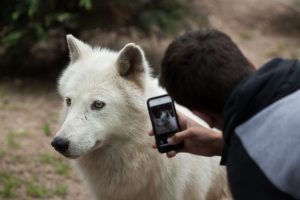
Unlike most other wolf species, this one rarely comes in contact with humans mostly due to their extremely cold habitat.
When they do enter human settlements, they tend to attack livestock largely due to lack of prey in the wild.
This is of course causes conflict with the farmers breeding livestock.
8) Reproduction Details
The Arctic wolf lives in packs of about 4 individuals. Similar to most other types of wolves, just the alpha male, and his partner are permitted to mate.
The frozen terrain where they dwell does not allow for dens, so Arctic Wolves will rather use rock outcroppings, and even shallow, abandoned mines as dens. A typical litter has 2 or 3 cubs born in late May to early June. That’s about a month later than the gray wolves.
Cubs remain with their mother for about two years and reach maturity at one year old.
9) Diet And Hunting Pattern Of The Arctic Wolf
Because of their very frigid habitat, these wolves are extremely limited when it comes to food supply.
Their normal diet includes hare, lemmings, rabbits, and small rodents. However, in large enough numbers, the Arctic wolf can hunt and kill much larger animals like caribou and muskoxen. Since these creatures are significantly bigger than they are, every member of the “team” must work together to bring it down.
To achieve this, the wolves come at the targeted animal from all directions with their sharp teeth and claws, tearing at the still-living prey till it collapses.
The extreme cold also allows Arctic Wolves to bury and store their kill. Thereby preserving it and they can come back to eat it later.
10) Alternative Names
- Melville Island Wolf
- Polar Wolf
- White Wolf
11) Population And Conservation Status
In the past, these wolves were routinely executed in many regions wherever they crossed paths with humans. Especially in Europe. For instance, the situation was so bad that the Arctic wolf population in most of east Greenland collapsed severely and has not recovered to date.
This collapse coincided with the arrival of European commercial hunters.
Today, the threat is not so much human related but more of climatic change. When the prey they depend on can’t get enough vegetation to eat, their numbers and body size gradually reduce. In turn, the wolves that eat this prey have a hard time getting adequate food as competition for available prey becomes quiet fierce.
In addition, they are endangered due to their exceptionally small pack sizes, low birth rate and cross-breeding with wild dogs.
The IUCN does not typically list conservation status for a subspecies. Therefore, this animal is still categorized as Least Concern along with the gray wolf. However, conservationists working with this animal can tell that their numbers are declining.
12) Ancestry And History
British zoologist R. I. Pocock was the first person to examine and name the Arctic wolf as a subspecies. This happened in 1935.
There are several speculations as to how this wolf came about its chilly habitation. The most common theory is that a small population of gray wolves must have somehow become isolated in that environment. Thereafter, they adapted and evolved to survive those chilly conditions.
13) Distribution And Habitat
You’ll find them predominantly in the Canadian Arctic Archipelago, ranging from Melville Island to Ellesmere Island. There are other populations in the Arctic region of Greenland.
Wherever they roam, their habitat is covered in snow almost all year round.

